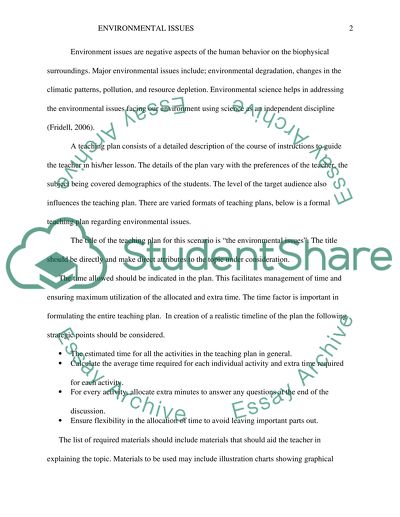Cite this document
(“Handwashing Essay Example | Topics and Well Written Essays - 1500 words”, n.d.)
Handwashing Essay Example | Topics and Well Written Essays - 1500 words. Retrieved from https://studentshare.org/nursing/1646187-handwashing
Handwashing Essay Example | Topics and Well Written Essays - 1500 words. Retrieved from https://studentshare.org/nursing/1646187-handwashing
(Handwashing Essay Example | Topics and Well Written Essays - 1500 Words)
Handwashing Essay Example | Topics and Well Written Essays - 1500 Words. https://studentshare.org/nursing/1646187-handwashing.
Handwashing Essay Example | Topics and Well Written Essays - 1500 Words. https://studentshare.org/nursing/1646187-handwashing.
“Handwashing Essay Example | Topics and Well Written Essays - 1500 Words”, n.d. https://studentshare.org/nursing/1646187-handwashing.


